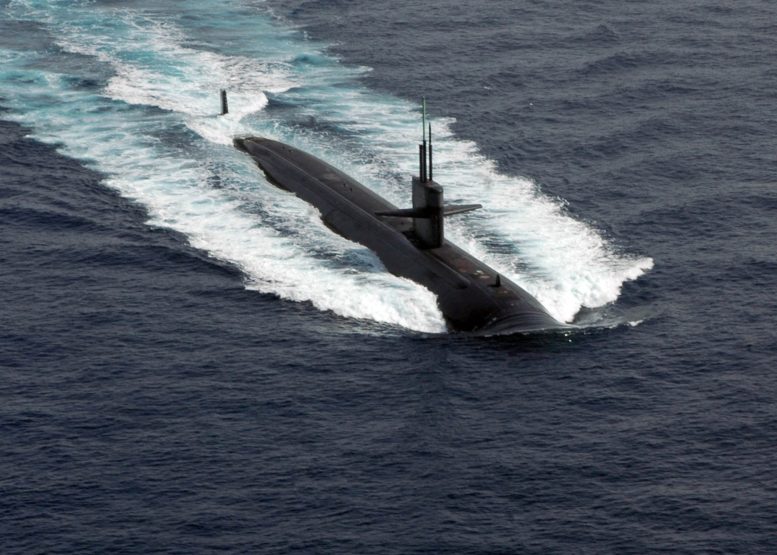INTRODUCTION
A submarine is a hunter killer for as long as she can maintain her stealth. However, when HER PRESENCE in the immediate vicinity of the sea area is detected, then she looses her invincibility and the effective use of her weapons is denied. The submarine becomes the hunted. The exact coordinates or location of the submarine in terms of position, depth, rate of motion, and closest point of approach once established, the submarine is then vulnerable to be neutralized/destroyed by anti-submarine torpedoes with a homing sensor target seeker.
SEA ENVIRONMENT FOR SUBMARINES
Generally, there are two (2) types of submarines, diesel-electric and nuclear, that can be deployed safety and effectively in specific sea areas where she can avoid detection and make use of the environment to evade detection or escape from destruction from anti-submarine weapons launched from aircraft, anti-submarine ship, or another submarine hunter.
- Littoral Water Zone – are coastal areas affected by: tidal water; shallow waters with variable depths; fluctuating density of sea water mixed with freshwater; maritime traffic; heavy noise; small hills; and corals absorbing a certain percentage of sonar sound propagation, which altogether make it difficult for the sonar to locate a submarine underwater and conclude deliberate underwater attack on the lurking submarine hiding underwater between small hills and corals, because the sound echo propagation is scattered.
The main function of sonar is sound propagation and projection as well as picking-up returning echo. Sound travels faster underwater, affected by salinity, temperature and depth, all of which can be explained by the principles of physics. Any change of data due to environment factors affects the efficiency and accuracy of the SONAR.
The Diesel-electric submarine is a very quiet submarine that relies on her batteries (no moving parts) with all engine, propulsion, generators, and pumps shut off and thus can maintain ultra-quiet silence underwater with a negligible acoustic emission. She can maintain a stationary position at the bottom of the sea (50 meters below) in ambush position of target approaching her zone of influence and torpedo-range unnoticed within a 10 miles radius. The diesel-electric submarine is practically a hunter-killer submarine in extremely shallow water battle environment with a limited displacement. She relies on the target acoustic signature being picked-up by her Doppler (passive sonar) with the sound propagated from approaching submarine or surface vessel active sonar. Typically, the diesel-electric submarine is dedicated to destroy military targets and merchant marine vessels of high military value.
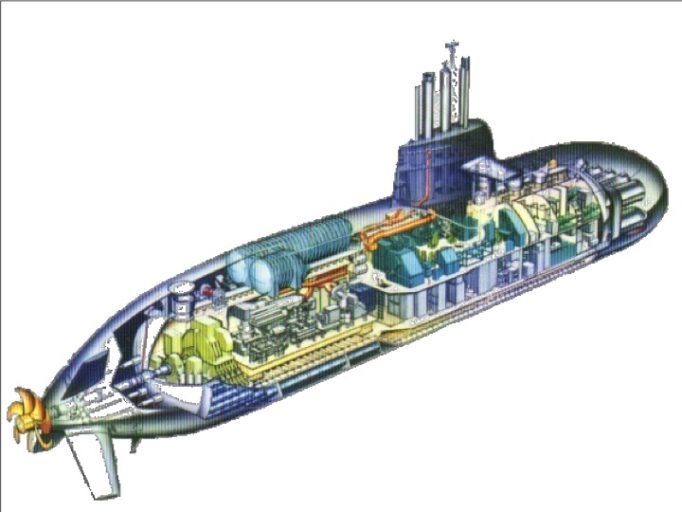
Figure 1. Geometry of Diesel Electric Submarine with AIP
- Blue Open Ocean – a wide and vast area of open ocean, with deep waters of 1,800 meters or more. The Nuclear submarine is ideal to operate underwater with high speed beyond 20 knots underneath the deep blue ocean with unlimited diving depth up to 300 meters or more with safe underwater maneuvering space (dependent on the collapsed depth of the hull design). Nuclear submarines can operate underwater and at the surface for at least 25 years without refueling. Only human logistical needs and morale can limit its underwater endurance.
The Nuclear submarine is a noisy submarine because her seawater cooling system continuously operates without shutdown in order to provide a cooling system for the nuclear reactor to prevent a meltdown of the nuclear system. 70% of heat discharged by the seawater cooling system is released to the sea, which leaves a thermal scar at the surface of the sea, easily visible to forward looking infrared sensors. Noise continuously emanates from the pump and the steam can be detected by passive SONAR. Magnetic signature and pressure signature characteristics of the hull’s large displacement are other vulnerabilities of this type of submarine.
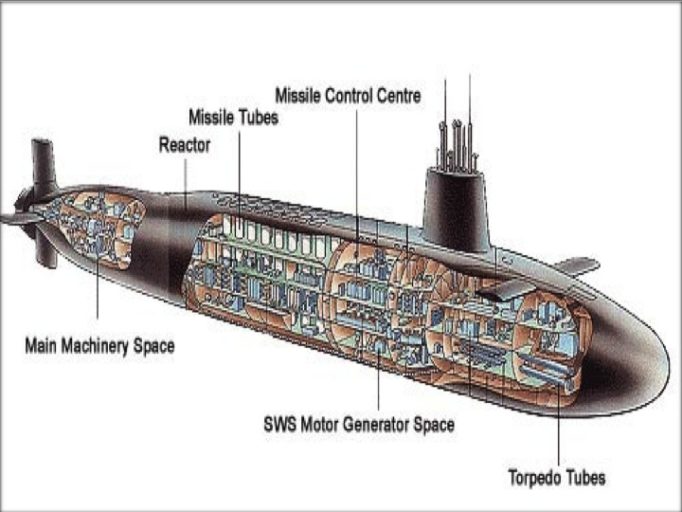
Figure 2. Geometry of Nuclear Submarine
The Nuclear submarine carries at least 16 units of ballistic missiles with nuclear warheads (weapons of mass destruction target aimed at the center of key cities). It can launch missiles at great distances away from the target 7,500 miles or more on other side of the ocean, with a pre-determined target launch position. This means the nuclear submarine can be at the other side of the ocean to destroy a target. It is advantageous to keep the Nuclear submarine moving because it sucks up large quantities of seawater activity for the nuclear reactor.
SONAR SOUND PROPAGATION AT SEA
Sound travels faster in water than in air. This has some profound effect on SONAR. Sound travels at 1,500 meters per second in water, in a straight path with transmission loss due to spreading and attenuation. Sound velocity increases with the increase in temperature, salinity, producing refraction; whenever sound passes from one velocity level to another, the sound ray path is bended as shown in the surface duct (with attenuation due to reflection loss with respect to limited weather range).
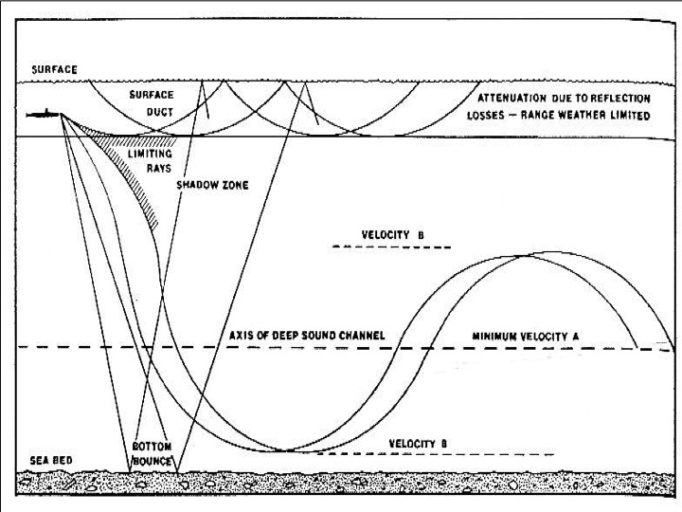
TWO TYPES OF SONAR
There are two types of Sound Echo Navigation And Ranging (SONAR) used in Navigation underwater and in target tracking identification. These are:
- Active Sonar – transmits sound for navigation underwater and receives the returning echo. The rate of return, location and position are plotted and the position of the submarine underwater is pinpointed by making use of sound.
- Passive Sonar – receives but is only dedicated to sound propagated from another sound source. This type of SONAR is called a Doppler.
SUBMARINE COUNTERMEASURES
Both diesel-electric and nuclear submarines have the following countermeasure in order to jam, decoy, noise make, providing signature to divert the path of the attacking torpedo sensor away from the location of the target submarine being hunted. The prime consideration on this aspect is that the stealth design of both submarines should be lesser than the signature being emitted by the countermeasure. If the signature or stealth of both submarines is prominently greater than the signal emitted by the counter-measure, it will result in positive attraction by the anti-submarine torpedoes to home into the target.
STEALTH CHARACTERISTICS
Diesel-Electric Submarine – silent, small displacement (250 to 4000 tons average) can remain in stationary position at the bottom of the sea between hills and blend with the corals in extremely shallow water. SONAR finds it difficult to detect, conclude detection, and commit deliberate attack on this type of submarine.
Nuclear Submarine – noisy, large displacement (17,000 tons average or more) with high magnetic, acoustic pressure, and infrared signature. Its means of evading the attacking ordnance are the tiles at the outer surface of the hull that absorb signals from attacking torpedoes, the speed of the submarine to evade being hit, and noise making and decoys to lure away the attacking ordnance.
RECOMMENDATIONS
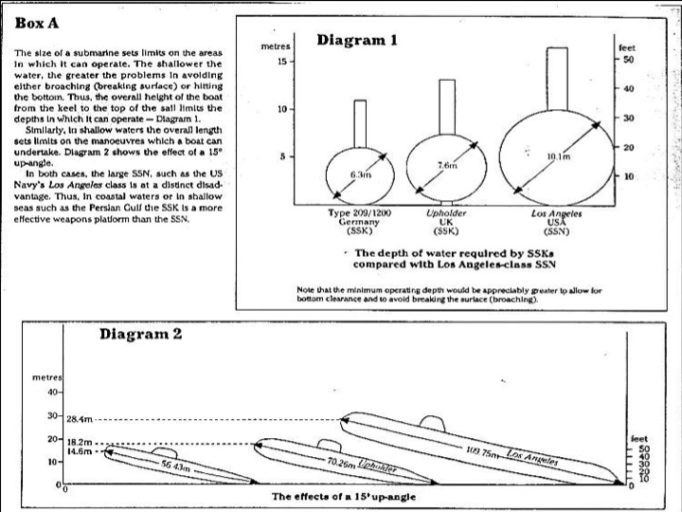
Figure 4. Vulnerabilities of Nuclear Submarine in Extremely Shallow Water Battle Environment
The diesel electric submarine is a very quiet submarine that can maintain stealth in extremely shallow water especially in ambush position waiting for the target to come closer within the radius of influence. For a navy operating in green waters, the diesel electric submarine with AIP is truly a hunter killer in stationary position, capable to conduct search, identify, attack and neutralize targets in coastal waters intruding within her EEZ.
References:
- The Silent Menace Diesel-Electric Submarines in 1993 by David Miller. Asia Military Review Magazine.
- Submarines. Brassey’s Sea Power: Naval Vessel Weapon System and Technology Series.
- Thyssen Nordseewerke, Naval Shipbuilding Design and Construction of High Performance Naval Vessel.
- Fincantieri Naval Shipbuilding Division.
- The Hindu Businessline. Six in fray for Navy’s €8.3-billion advanced submarine project by Amrita Nair Ghaswalla
- Google.com, Geometry of Nuclear Submarine. https://interesestrategicoarg.com/2014/08/03/que-es-un-submarino-ssbn/
- https://www.sundayguardianlive.com/opinion/12210-indian-navy-has-submarine-problem
About the Researcher: CAPT TOMAS D BAINO PN (Ret) completed his post-graduate studies in Submarine Design at the Department of Naval Architecture, University College of London, United Kingdom of Great Britain, under the sponsorship grant of the UK Ministry of Defense. Capt Baino is an associate editor of the Maritime Review providing series of articles in Naval Ship Design, and presently serving as Naval Architect Consultant with the Philippine Department of Transportation and the Philippine Coast Guard Project Management Office in Ship Acquisition Program.
